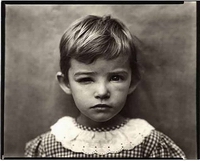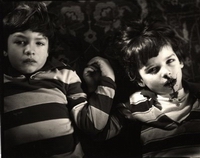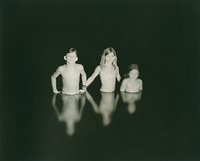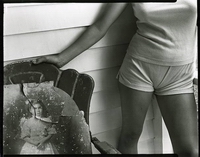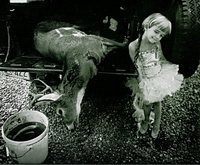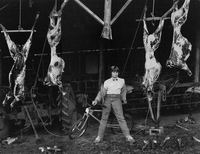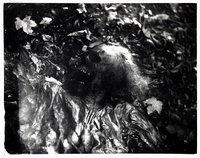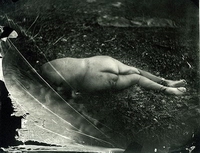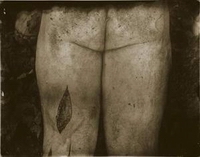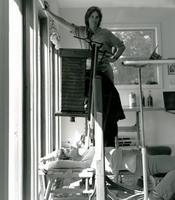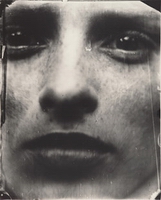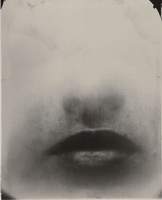The exhibition What Remains is testament to Mann's ability to shift forward through dimensions of time, body and soul, life and death, from the portraits of her children and the twelve year old girls, which jump out at you full of energy and vitality, to the photographs of the dead, which jump out at you full of clarity and meditation.
Mann obtained permission to go into a training ground used by the police in America, where donated bodies are buried, later to be dug up by trainees in order to learn about cause of death.
These photographs of the dead may be disturbing, shocking, and repulsive, but, again, I don't think Mann chose this subject as a means to shock the public. I think this series is a beautiful and serious memento mori. These pictures are the antidote and natural progression to those that have come before.


